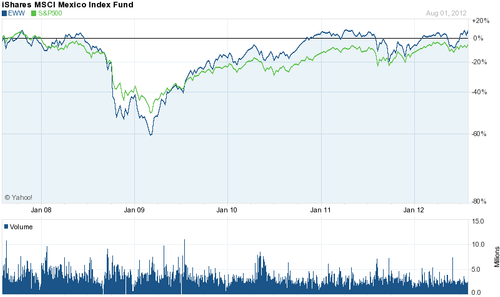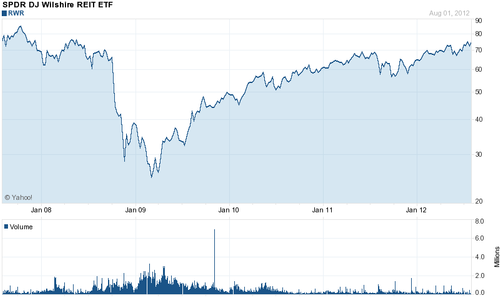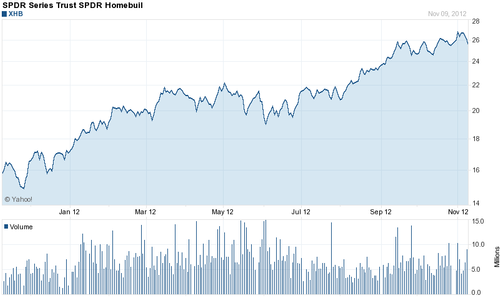One of the increasing challenges for strawberry and caneberry businesses on the Central Coast in California has been the persistant shortage of labor. Many large operations over this past year reported a shortage of 10 to 15% of workers with some smaller farms reporting even higher percentages.
My prediction is that this shortage will continue to persist, and as a matter of fact may become more pronounced in the years to come. I base this assertion on two theses, the first being changing demographics and an improving economy in Mexico affecting the dynamics of labor immigration and the second having to do with competition for labor coming from strengthening rental markets and improved conditions for home building in the United States.
Much of the information for the post below comes from the excellent and prescient article written several years ago by Dr. Philip Martin at UC Davis regarding Mexico USA migration.
http://giannini.ucop.edu/media/are-update/files/issues/v8n2.pdf
The Labor Immigration Dynamic from Mexico:
Many of the people involved in the success of the California berry business come from Mexico and without them we will not do well.
However, the changing economic and demographic situation in Mexico should be understood when thinking forward who is going to continue to do all the tough and complex work of planting, growing and picking our crops of strawberries, raspberries and blackberries.
Let us consider the drivers of immigration from Mexico in the past and the future:
According to some academics, one of the major causes of immigration to the United States was the disruption to the rural economy of Mexico by the North American Free Trade Act (NAFTA) put into force January 1, 1994. By some estimates, the economic effects of NAFTA displaced some 1.4 million rural Mexicans, and in the five years following about half of them made their way to the US. That such a large number of people were displaced at one time from their homeland is tragic, but it did mean that a large number of people not unfamiliar with tough and demanding farm work showed up for work at US agricultural concerns in the years following the implementation of NAFTA.
Now in 2012, to start to understand the changing immigration picture, we should not be unaware that in Mexico, as in many places around the world, the demographics are changing, especially in reference to decline of population growth. The population growth rate in Mexico has dropped from 1.5% in 2000 to 1.1% in 2012.
To gain meaning from this number in terms of what it would mean for immigration from Mexico, one would want to cast this population growth rate against the current economic growth rate. Mexico has a vibrant economy with productivity growth rate of above 3%, and it is doing well in adapting to the global economic order of the 2010's. Reforms are currently moving through the legislature and more are promised by the incoming administration of Enrique Peña Nieto, including opening the oil sector, simplification of the tax code and labor market reform to further improve the prospects for economic growth. Drawing on all of this, the Central Bank of Mexico estimates GDP growth of 3.5-3.6% for 2013. The economy of Mexico has been growing and will continue to grow faster than the US (forecast 2013 GDP growth 2%) and this can be to some extent be understood by comparing the performance of each country's stock market index (Figure 1 below).
In this economic scenario, one would expect labor (read jobs) growth to be in the range of 1- 1.3%. So population growth of 1.1%, which of course drives labor force growth, has already fallen below the higher end of the rate of employment growth. An employment growth rate matching or exceeding labor force growth means there is no reason anybody should be lacking for work. Perhaps there will be mismatches in skill level and available work, but there is no denying an increasing abundance of work will be a factor in reducing emigration, and could even be a cause of some immigration back to Mexico.
Improving Real Estate and Construction Conditions in the US:
We all know that strengthening rents give impetus for investors to come into the market (especially in an environment of extremely low bond yields), creating eventual demand for the construction of additional office, retail and residential space. Looking to a good proxy for rental markets, real estate investment trusts (REIT's, corporate entities specializing in real estate), represented by the second chart for the REIT index below, we see that the demand for rental income and subsequently the market valuations of these companies has been rising since the middle of 2009.
Additionally, after a very tough stretch caused by a credit driven over- supply of houses, the fortunes of American home builders have made a turn for the better. Indeed, the price of an index composed of the shares of publicly owned homebuilders (Figure 3 below) has been moving strongly upwards for the last year. Knowing that the equity markets think forward, we can assert that what happens on Wall Street tends to be a good predictor of what is to happen on Main Street 6 to 12 months from now. Homebuilders are going to be building again in 2013.
What does all this have to do with the labor force working in berries? A lot as a matter of fact. Rising rents and the subsequent creation of demand for residential and other construction will pull workers away from agriculture because construction work tends to be higher paying (albeit substantially more cyclical as the last 2003 - 2009 boom and bust has shown). Simply put, construction going forward will compete for workers.
In consideration of the above, I think it very difficult to see how immigration of laborers from Mexico will return to the levels experienced in the last two decades. Population growth there is falling, the NAFTA led displacement has run its course, and the economy there is surging forward and generating a lot of jobs.
In addition to the strong economic and employment picture in Mexico, the US housing market is starting to pick up again on the shoulders of a strong rental market and will compete with berry businesses for this already shrinking pool of labor.
Attached Images:

Strength of the economy of Mexico: Exchange traded fund EWW representing an index of Mexican stocks, compared to the American stock index S&P 500.

Rising profitability of real estate: Exchange traded fund representing real estate investment trusts (REIT)

Rising fortunes of homebuilders: Exchange traded fund XHB over the past year.